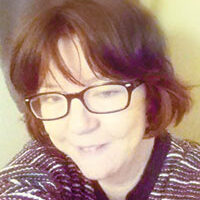When we started our journey as parents of children with special needs over 14 years ago, we quickly realized that the world is not always adapted for our kids. One of the biggest goals for families like ours who have a child with special needs is getting them to a point where they can thrive and be as independent as possible.
Activities such as bathing, feeding, grooming, dressing, and toileting are all self-care activities that children with disabilities may need help with even as they grow into adulthood. With adaptive devices and equipment, they can learn to manage these tasks independently or with little help. Over the last decade, we’ve discovered through various searches, advice from occupational therapists, and often by chance, that there’s a wide range of options to help individuals with disabilities accomplish tasks that would otherwise be challenging, if not impossible.
Adaptive equipment promotes independence
Daily tasks, from dressing to feeding, present all sorts of obstacles for those who have physical limitations and the right adaptive equipment can help create more independence. Devices such as dressing sticks make putting on and removing pants and socks easier. Long-handled sponges and toilet aides make washing and toileting less complicated and less awkward as a person gets older and more inclined to want privacy.
Several feeding utensils can be adapted to specific eating and drinking needs. Bent handle utensils help bring the food to the mouth with less movement of the arm, wrist, and hand. Weighted handle utensils help people with uncontrollable hand movements such as children with cerebral palsy or a traumatic brain injury.
Adaptive clothing helps special needs children gain independence and inclusion
Many people with physical and cognitive disabilities cannot tie their shoes independently, so many shoe manufacturers have velcro closures or elastic shoelaces. There are also button hooks and zipper pulls available for those who may lack the agility to manage those functions independently.
Some big-box stores like Target and Kohl’s are stepping up and expanding their clothing options for those with disabilities. Adaptive clothing not only allows kids with special needs to gain some independence but now that it’s offered in mainstream kid’s clothing lines, it will enable them a type of inclusion that’s often overlooked — to be able to wear the same fashions as their friends.
No more ripping off the tags every time we buy new shirts or cutting up clothing to accommodate a feeding tube. Sensory-friendly options such as flat seams and shirts with no tags, shirts with hidden openings around the stomach to allow access to feeding tubes and medication ports, and wheelchair-friendly options are now available and much more affordable than the limited, expensive selection that was available to us years ago.
Getting creative to make everyday items adaptive
Some of the more expensive adaptive equipment can cost thousands of dollars and often involves a battle with the insurance companies. Many times, insurance will deny the request on the first attempt, and it becomes a back and forth game of appeals and waiting. When this happened to us, we had to get creative and made do with what we had.
We’ve used an outgrown convertible car seat as an adaptive feeding seat. I’ve modified a mini-backpack so my daughter could tube feed on the go because the only type her medical supply company offered was almost as big as she was. When the kids outgrew our double stroller, we used it to carry most of the medical supplies we had to lug around each time we left the house.
In an ideal world, we wouldn’t have to be constantly on the lookout for products and devices that would allow our kids to reach their full potential. The world is often an impractical place for our kids, but we will never stop looking for solutions to make it more accommodating.
Posted in: Special Needs, Uniquely Us
Comment Policy: All viewpoints are welcome, but comments should remain relevant. Personal attacks, profanity, and aggressive behavior are not allowed. No spam, advertising, or promoting of products/services. Please, only use your real name and limit the amount of links submitted in your comment.
You Might Also Like...
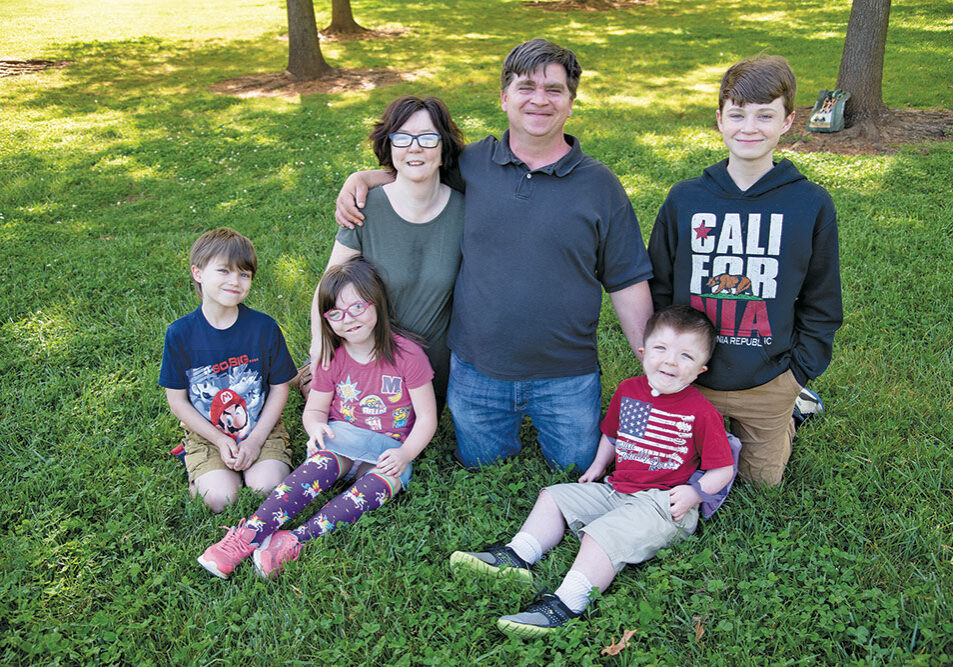
Preparing For a Disaster: Trying To Find Calm In The Chaos (Uniquely Us)
The sky glowed bright orange on the night of July 26, three days after the Carr Fire started in Shasta County. It was the same night the infamous firenado ripped […]
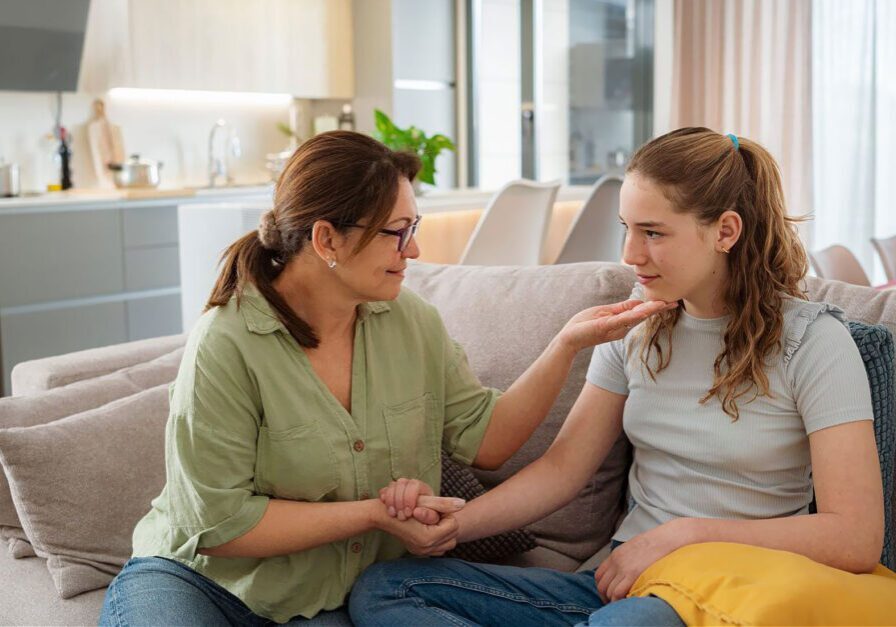
Supporting Kids with Invisible Disabilities
This month is Mental Health Awareness Month and it’s the perfect time to gain a better understanding of invisible disabilities and how to best support the children who live with […]
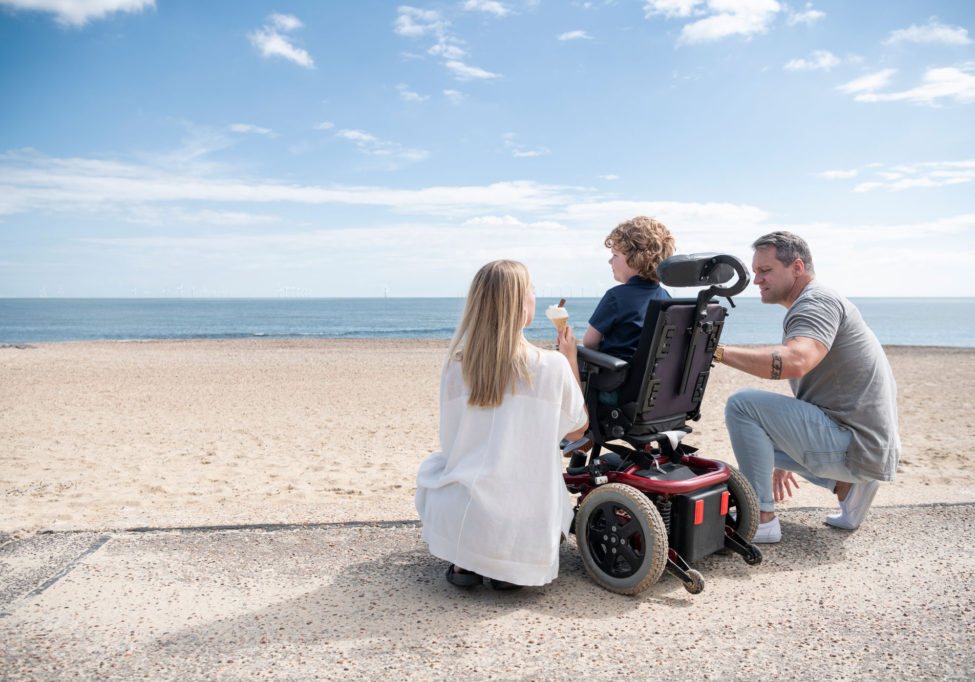
Special Needs Parenting: Financial Planning for The Future
Financial Planning for Children With Special Needs One of the most challenging aspects of special needs parenting is deciding what will happen to our kids when we’re unable to care […]
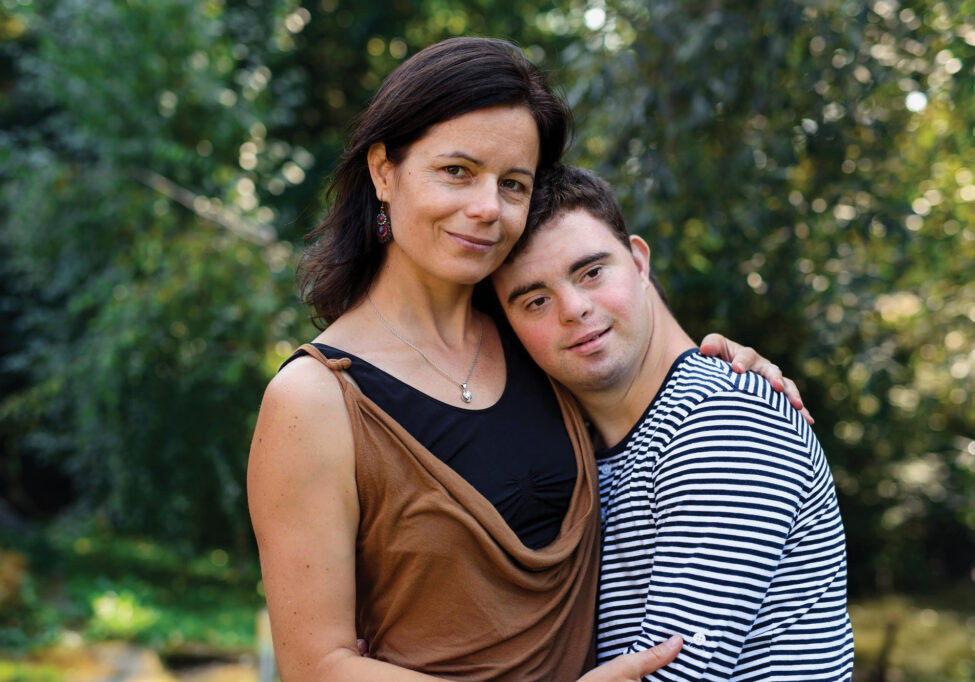
Integrity Document Services Makes The Conservatorship Process Easier for Families
For parents, experiencing their kids transitioning into adulthood comes with many emotions. For families of children with special needs, the experience is no less bittersweet but comes with its own […]

Uniquely Us: A New School Brings New Challenges
It’s Back-to-School Time This month, thousands of children will head back to school. Many will be attending a new school, which can be nerve-wracking for any kid. For those with […]
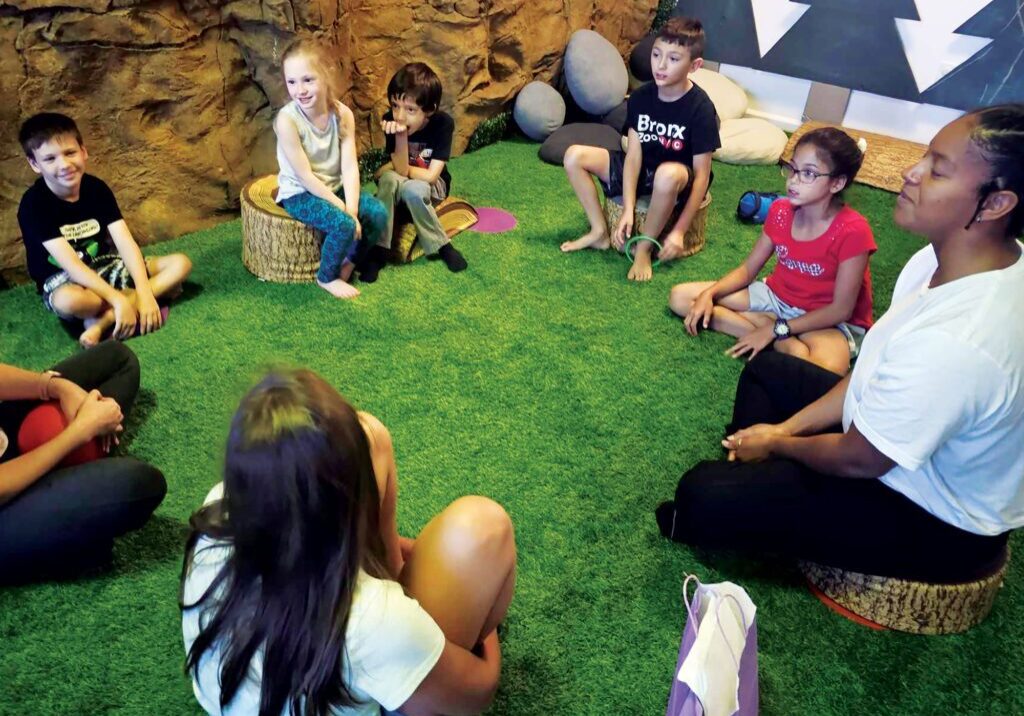
Sensory Innovations: Empowering All Ages Through Play and Occupational Therapy
Sensory play, occupational therapy and physical therapy are essential for fostering critical skills such as motor development, cognitive function and social interaction. Sensory play can reduce stress, improve focus and […]


